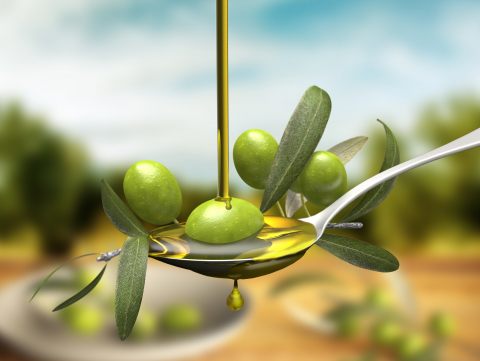Grade 7
Science
Unit Five - Pressure and Liquids
Summary of the Learning Object
The Learning Object revolves around the issue of olive oil as a product and a main source of income for many farmers, and the search for ways to help detect oils (olive oil for example) and whether they are adulterated through a simple process based on calculating the density of the oil and verifying it in light of the information they have about the density of the oil . Then they move on to the process of discussing the types of oil and the differences between the types and comparing them in terms of density.
Objectives
To explore a mechanism for determining the density of oil.
Educational Topics
- Density
- Density calculation
- Liquid density
Items Needed
- Graduated laboratory beakers,
- micro-balance in grams,
- two samples of oil, one of which is virgin olive oil and the other adulterated (for each batch),
- a calculator.
Instructions for Students
Steps to conduct the experiment:
Step one: Calculate the density of the oil
- Bring the scale and the graduated laboratory beaker, turn on the scale and make sure it is at a zero reading.
- Place the empty, dry laboratory flask on the scale, and record the scale reading.
- Add a quantity of oil from the first sample inside the beaker to reach a certain height. Record the volume of oil in the beaker.
- Record the scale reading of the mass of the beaker after adding oil from the first sample.
- Make the appropriate calculations related to the mass of the oil (mass of oil = mass of the beaker after adding oil - mass of the empty beaker)
- Calculate the density of the oil from the first sample (density of oil = mass of oil / volume of oil)
- Record a reading resulting from the first attempt, which represents the density of oil from the first sample. (Focus on recording the result with high accuracy, repeat the attempt more than once for the same sample and without reading each time.
- Repeat the previous steps to calculate the density of the oil from the second sample and then record the result.
